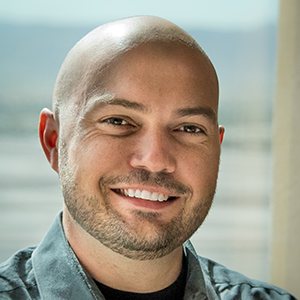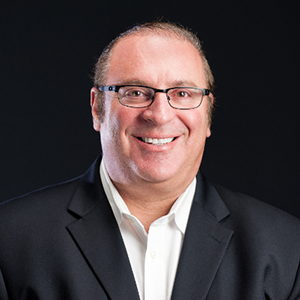Q: What is the difference between a unified security management platform and a traditional security information and event management (SIEM) tool? Do USM tools extend and build on SIEM, or do they replace it?
Patrick Bedwell: A unified security management (USM) platform is an all-in-one security product that unifies a wide range of security technologies. Customers deploy USM platforms to reduce the complexity and cost of deploying and managing those tools individually, and the data those tools generate. Similar in concept to a Next Generation Firewall (NGFW) or Unified Threat Management (UTM) device, a USM is a single product that can perform multiple security functions.
The AlienVault USM platform includes five core capabilities: Asset Discovery, Vulnerability Assessment, Intrusion Detection, Behavioral Monitoring, and SIEM. Customers can utilize an extensive list of plugins to incorporate security data from their existing tools into the correlation process, to maximize security visibility and threat detection. Customers deploy USM in place of SIEMs when they have limited resources to dedicate to security.
Traditional SIEM products, on the other hand, are complex tools that focus on managing and analyzing security event data--they do not include the data sources to generate the data themselves. The SIEM customer must deploy and integrate the data from those devices individually. SIEM tools also do not include an extensive library of correlation rules or other threat intelligence elements—users must create their own rules and develop threat intelligence themselves, or contract with another vendor to supply them.
Q: Why is threat intelligence sharing critical to enterprise security? How does it really help organizations bolster their defenses against existing and emerging threats?
Bedwell: Before I answer the question on sharing, I want to explain what threat intelligence is to us. Threat intelligence is information about malicious actors, their tools, infrastructure and methods. It is critical to IT teams of any size because it enables them to detect, prioritize and respond to threats faster and more effectively.
Creating actionable threat intelligence involves research into the tools, actions, and infrastructure of attackers. The objective is to construct a list of the indicators of compromise related to any particular threat, such as IP addresses, domains, malware analysis, and actor profiling. However, few organizations have the time, technology, or security staff to stay on top of a constantly changing threat landscape.
Threat sharing, therefore, enables IT teams with limited resources to benefit from others' analysis and expertise to reduce the effectiveness of the threats we all face. By working together on threats and their indicators of compromise, the security community makes everyone stronger.
Q: The results of a survey conducted by Alien Vault at Black Hat 2015 showed that a majority of organizations rely on their own detection processes for threat intelligence. What would your advice be to such organizations? Would you expect the result to be different if you were to conduct the same survey at Black Hat this year?
Bedwell: My advice to organizations relying on their own detection processes for threat intelligence would to take advantage of free sources of threat intelligence, to expand the information your team has access to. There are several options that will help you increase visibility without having to increase spending, and they will complement the tools and processes you already have in place.
For example, AlienVault Open Threat Exchange (OTX) is an open threat intelligence community that enables collaborative defense with open access, collaborative research, integration with AlienVault USM and OSSIM products, as well as ability to export indicators of compromise (IOCs) to almost any security product. OTX provides open access for all, allowing you to collaborate with the community of threat researchers and security professionals, accelerating the distribution of the latest threat data and automating the process of updating your security infrastructure.
Yes, I would expect greater adoption of threat intel from crowd-sourced/open source, as well as paid subscription services, to increase over the 2015 levels. I believe more organizations are turning to these sources to supplement what they can do internally.
For example, the OTX community has well over 37,000 participants contributing threat data. At BlackHat 2015 in Las Vegas, we announced a major update to the OTX platform that significantly increased its collaborative capabilities. Since that announcement, over 10,000 people have signed up to use OTX and collaborate with the community. There are more than 37,000 participants in 140 countries contributing millions of threat indicators daily, giving everyone in the OTX community global visibility of emerging threats.








